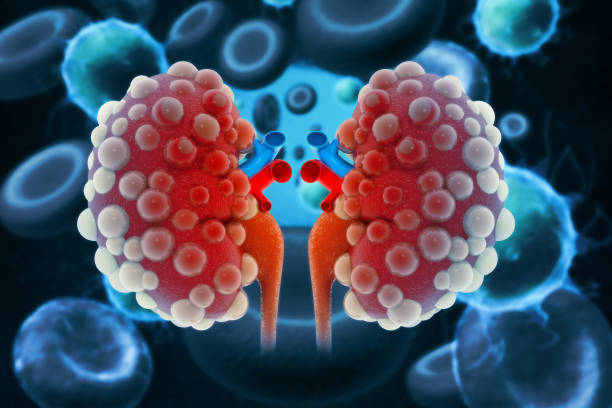Ashley Kurpiel suffers from a rare disorder called Fibrodysplasia ossificans progressiva, a degenerative disease that causes soft connective tissue to convert to bone. She is only one of about 800 people worldwide affected by the condition. Learn more about the disease and how to treat it.
Fibrodysplasia ossificans progressiva (FOP) causes soft connective tissue to transform into bone
Fibrodysplasia ostificans progressiva (FOP) is a rare genetic disorder in which soft connective tissues transform into bone in abnormal locations. The condition can be inherited or the result of a random mutation. It affects fewer than 900 people in the world.
Currently, there is no cure for FOP, but the discovery of a gene mutation that causes the disease has opened up the possibility for drug development. By blocking this gene, drugs can be developed that can affect the disease’s symptoms and the underlying cause. The gene mutation occurs in the bone morphogenetic protein (BMP) signaling pathway, a highly conserved pathway in nature. BMP regulates the formation and repair of the skeleton during embryonic development and in the postnatal period.
Although a genetic mutation is the cause of HO, it is important to understand that the condition can occur without it. In some cases, the disease is triggered by severe tissue trauma, such as spinal cord injury or joint-replacement surgery. In these cases, understanding the associated effects on tissue regenerative processes is crucial for developing therapeutic interventions.
The ACVR1 gene and protein are highly conserved in vertebrates. When the gene and protein are altered, they cause a genetic disorder called FOP. This disorder is caused by a single genetic letter substitution in the ACVR1 gene, which changes the message that the gene carries. It is the smallest change that can happen, and it can turn a light bulb into an atom bomb.
When cells with the FOP mutation are co-cultured with control MuSCs, they develop into mature myofibers in vitro. In addition, these cells are also partially rescued by co-culturing with control FAPs. These co-cultures resulted in increased fusion and branching fiber formation in MuSCs. This suggests that FAPs may play a role in regulating the development of myofibers in FOP MuSCs.
Fibrodysplasia osseous process is an inherited disorder in which soft connective tissue transforms into bone. It occurs in both genders, and the condition can affect children as young as three.
The disease can be inherited from either parent or through a new pathogenic mutation in the causal gene. In some cases, the disease does not have a family history and can occur in patients without a family history. In addition, in some cases the condition is undiagnosed or even undetected.
Treatment
Human statue disease treatment consists of removing the excess bone growth from the affected area. This causes the body to “repair” the area. This process may vary from patient to patient, but the end result is the same: new bone replaces the musculature and fuses with the existing skeleton. The process is typically initiated in the dorsal, axial, and proximal areas, and progresses to the ventral, appendicular, and caudal regions. It can also develop in any order. It usually presents as a tumor-like lump in the affected region.



